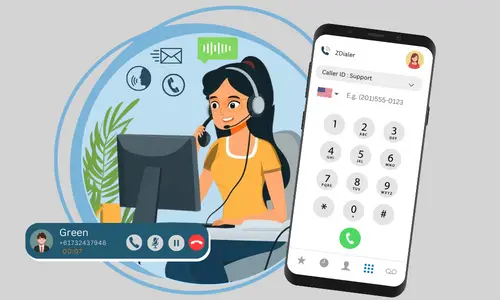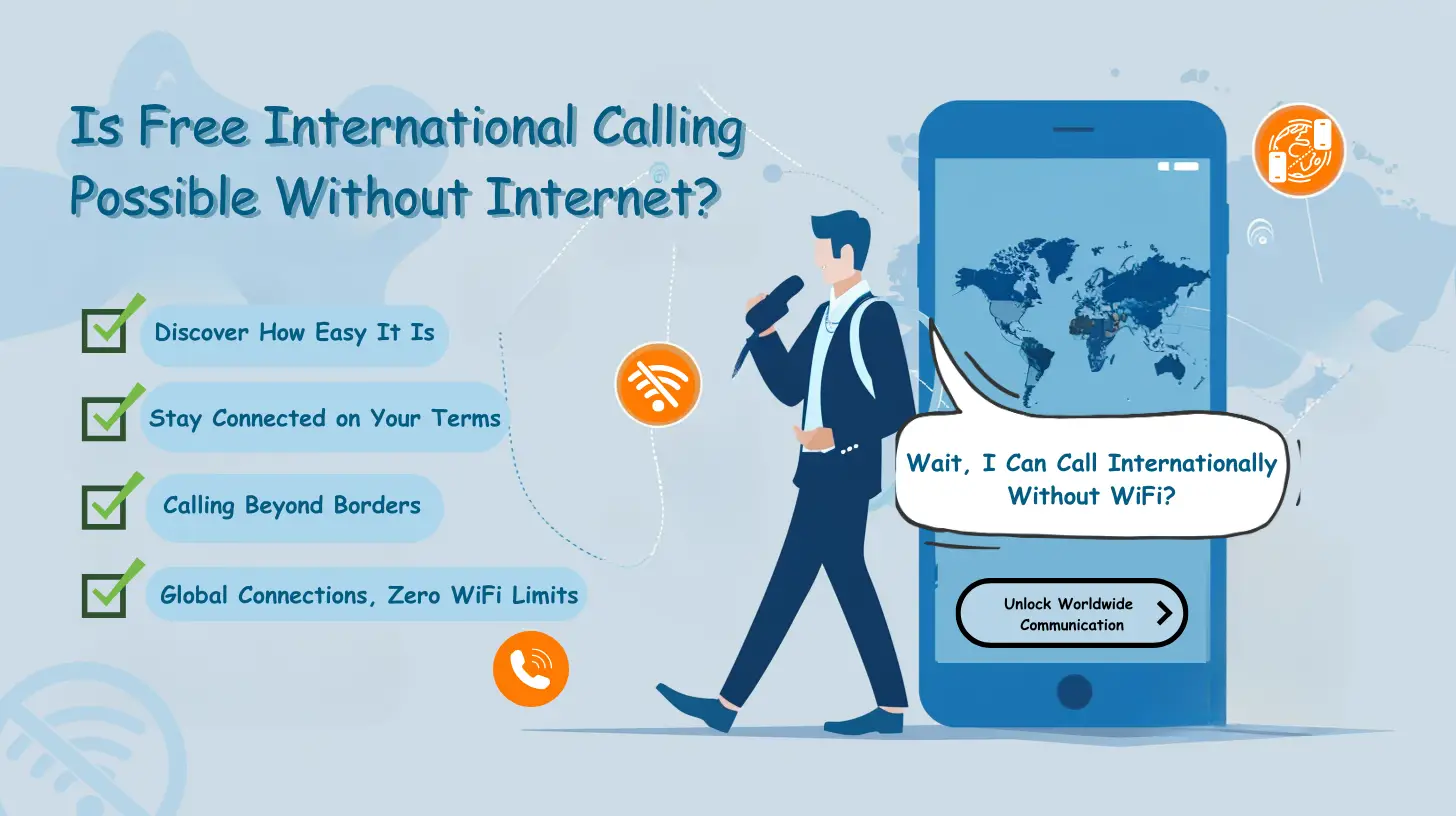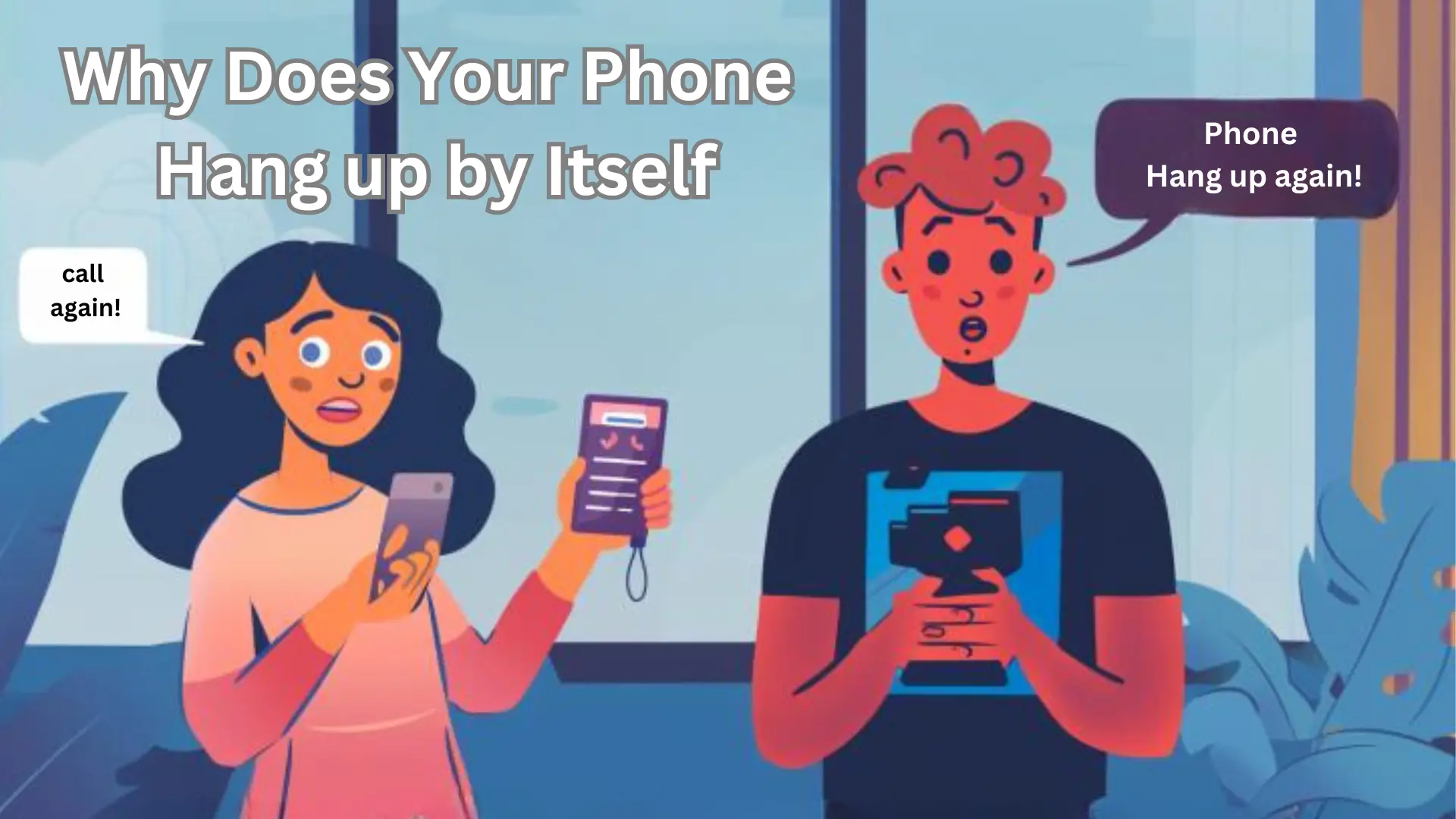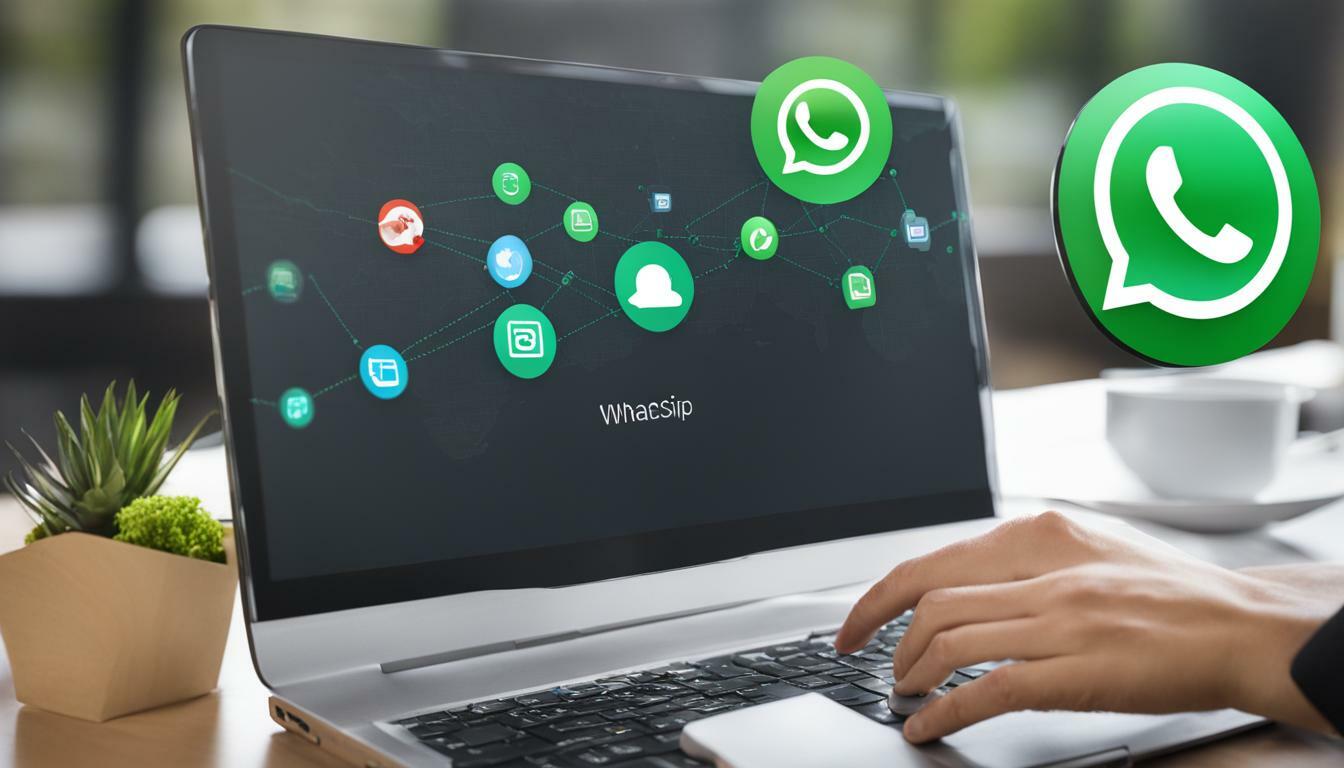Welcome to our comprehensive guide on SIP trunk caller ID spoofing. In this article, we will delve into the details of this practice and its impacts on your communication systems.
Key Takeaways:
- Caller ID spoofing involves falsifying caller ID information to appear as someone else.
- SIP trunking provides a cost-effective option for building your own caller ID spoofer.
- Setting up an Asterisk server and using a softphone like Linphone can enable caller ID spoofing.
- Caller ID spoofing can have serious consequences for businesses, including harassment and fraud.
- Businesses can mitigate the risks of caller ID spoofing by using call-blocking apps and reporting incidents to the appropriate authorities.
What is Caller ID Spoofing?
Caller ID spoofing is a practice where callers falsify their caller ID information to appear as someone else, often for malicious purposes such as telecommunications fraud. It allows individuals to disguise their true identity and manipulate the displayed caller ID on recipient’s phones. This can lead to an array of fraudulent activities, including phishing campaigns, harassing phone calls, and obtaining personal information.
Fact: According to recent statistics, telecommunications fraud costs businesses billions of dollars each year.
To carry out caller ID spoofing, individuals can use services that automate the process, but these can be costly and may not provide complete control over the spoofed caller ID information. However, an alternative option is building your own caller ID spoofer using SIP (Session Initiation Protocol) trunking. This method allows for more cost-effective caller ID spoofing by leveraging the capabilities of SIP trunk services.
| Benefits of Building Your Caller ID Spoofer Using SIP Trunking: |
|---|
| 1. A cost-effective alternative to automated spoofing services |
| 2. Greater control over the spoofed caller ID information |
| 3. Flexibility in choosing a SIP trunking provider and setting up a SIP trunk |
| 4. Ability to create a SIP extension for personalized spoofing |
Once set up, you can use a softphone like Linphone to make calls with your Asterisk server and spoof the caller ID, further enhancing the effectiveness and customization of the spoofing process.
The consequences of caller ID spoofing for businesses can be severe. Harassment, obtaining personal information, and even fraud can all result from malicious spoofing activities. It is crucial for businesses to recognize the risks associated with caller ID spoofing and take proactive measures to protect themselves and their customers.
- Harassment: Spoofed calls can be used to harass individuals, leading to emotional distress and potential reputational damage for businesses.
- Obtaining Personal Information: Fraudsters may utilize spoofing to trick individuals into revealing sensitive personal information, such as social security numbers or banking details, which can then be used for identity theft or financial fraud.
- Fraud: Caller ID spoofing can enable fraudsters to deceive unsuspecting victims, convincing them to make payments or disclose confidential information under false pretenses.
Given these serious implications, businesses should prioritize implementing safeguards and strategies to mitigate the risks of caller ID spoofing and protect both themselves and their customers.
The Role of SIP Trunking
SIP trunking plays a crucial role in enabling voice communication over IP networks, and it also provides the infrastructure that can be exploited for caller ID spoofing. With SIP trunking, businesses can connect their Private Branch Exchange (PBX) to the Public Switched Telephone Network (PSTN) through an Internet connection. This allows for more flexible and cost-effective communication, as traditional phone lines are no longer required.
When a call is made using SIP trunking, the voice data is converted into packets and transmitted over the Internet Protocol (IP) network. This makes it possible for businesses to take advantage of various features and functionalities, such as video conferencing, instant messaging, and unified communications.
However, the same infrastructure that enables these benefits can also be exploited for caller ID spoofing. By manipulating the SIP signaling, malicious individuals can falsify their caller ID information to appear as someone else. This can lead to serious consequences, including fraud, identity theft, and harassment.
It is important for businesses to be aware of the potential risks associated with SIP trunking and take proactive measures to mitigate caller ID spoofing. This can include implementing security measures such as encryption, regularly monitoring and analyzing call traffic for suspicious patterns, and educating employees about the dangers of caller ID spoofing.
| Signs of Caller ID Spoofing: |
|---|
| Receiving calls from your own number |
| Identical caller ID information for multiple calls |
| Frequent calls from unfamiliar numbers |
| Callers requesting personal or financial information |
Summary:
SIP trunking is a technology that enables voice communication over IP networks. While it offers numerous benefits for businesses, it also provides the infrastructure that can be exploited for caller ID spoofing. It is crucial for businesses to be aware of the potential risks and implement security measures to mitigate caller ID spoofing.
Building your own caller ID spoofer using SIP trunking can be a cost-effective option. It involves setting up an Asterisk server, choosing a provider, and creating a SIP extension. By following these steps, you can take control of your caller ID and have the ability to appear as someone else during phone calls.
To get started, you’ll need an Asterisk server. Asterisk is an open-source communication platform that allows you to create your own virtual PBX (Private Branch Exchange). Setting up an Asterisk server involves downloading and installing the software, configuring it to your needs, and connecting it to your network.
Once you have your server up and running, the next step is to choose a provider for your SIP trunk. A SIP trunk is a virtual phone line that allows you to make and receive calls over the internet. There are many providers available, so be sure to research and choose one that fits your needs.
After selecting a provider, you’ll need to create an SIP extension. This will be your virtual phone number, which you can use to make calls. You’ll need to configure your Asterisk server with the necessary settings provided by your SIP trunk provider to establish the connection. Once everything is set up, you can use a softphone like Linphone to make calls with your Asterisk server and spoof the caller ID.
By building your caller ID spoofer using SIP trunking, you can have greater control over your communications and protect your privacy. Just remember to use this technology responsibly and within the bounds of the law.

Once your caller ID spoofer is set up, you can use a softphone like Linphone to make calls with your Asterisk server and manipulate the caller ID information. It’s important to note that spoofing caller ID is a controversial practice and should only be used responsibly and legally. However, understanding how it works can help businesses protect themselves from potential fraud.
Linphone is a popular softphone that allows you to make Voice over IP (VoIP) calls using your Asterisk server. By configuring Linphone with your Asterisk server’s SIP credentials, you can initiate calls and set the caller ID to any desired phone number or name, within the limitations of your telephony provider’s policies.
To use Linphone for caller ID spoofing, you’ll first need to download and install the software on your device. Once installed, open the application and enter your Asterisk server’s SIP account information. After logging in, you’ll have access to the calling features provided by your Asterisk server, including the ability to manipulate the caller ID information.

Remember, while caller ID spoofing can be used for legitimate purposes, it is essential to only use it ethically and in compliance with local regulations. Misuse of caller ID spoofing can lead to legal consequences and damage to your business’s reputation. Always be aware of the potential risks and consequences before engaging in any caller ID manipulation activities.
Impacts of SIP Trunk Caller ID Spoofing on Businesses
Caller ID spoofing can have significant negative impacts on businesses, ranging from harassment and unauthorized access to personal information to fraudulent activities. In today’s interconnected world, where communication plays a vital role in business operations, it is crucial for organizations to be aware of the risks associated with caller ID spoofing and take proactive measures to protect themselves and their customers.
One of the most concerning effects of caller ID spoofing is the potential for harassment. Spoofed calls can be used to intimidate employees, customers, or business partners, creating a hostile environment and damaging professional relationships. Furthermore, perpetrators of caller ID spoofing may attempt to gather sensitive information, such as financial details or login credentials, by posing as trusted individuals or organizations. This puts businesses at risk of data breaches and financial loss.
Fraudulent activities are another major consequence of caller ID spoofing. Scammers may use spoofed caller IDs to deceive employees into divulging confidential information or to gain unauthorized access to company systems. By manipulating caller ID information, fraudsters can impersonate executives, banks, or government agencies, tricking unsuspecting employees into taking actions that compromise the security of the business.
As caller ID spoofing continues to evolve and adapt to new technologies, businesses need to remain vigilant and implement mitigation strategies. This may include using call-blocking apps or services that filter out potential spoofed calls, as well as educating employees about the risks and warning signs of caller ID spoofing. By staying informed and taking proactive steps, businesses can minimize the impacts of caller ID spoofing and ensure the integrity of their communication systems.

| Impacts | Examples |
|---|---|
| Harassment | Intimidating calls, hostile work environment |
| Unauthorized access | Attempted data breaches, gathering sensitive information |
| Fraudulent activities | Spoofing as trusted individuals, deceiving employees |
Tips to Mitigate Caller ID Spoofing Risks
- Use call-blocking apps or services to filter out potential spoofed calls
- Educate employees about the risks and warning signs of caller ID spoofing
- Implement multi-factor authentication to verify the identity of callers
- Avoid disclosing sensitive information over the phone
- Report spoofing incidents to the appropriate authorities
Mitigating Caller ID Spoofing
Businesses need to be vigilant and take proactive measures to mitigate the risks associated with caller ID spoofing, including using call-blocking apps and being cautious about sharing personal information. Caller ID spoofing is a practice where callers falsify their caller ID information to appear as someone else, which can lead to harassment, obtaining personal information, and fraud. To protect against these threats, businesses can implement the following strategies:
- Install call-blocking apps: These apps can help identify and block suspicious calls, including those from spoofed numbers. They use a database of known scam numbers to alert users and prevent potential scams.
- Be cautious about sharing personal information: Businesses should educate their employees about the risks of sharing personal information over the phone. They should avoid disclosing sensitive details such as financial account numbers or passwords, even if the caller appears to be legitimate.
- Delay authentication with suspicious calls: If a caller requests sensitive information or asks for immediate action, businesses should exercise caution. They can delay authentication by asking for a call-back number or contacting the supposed organization directly using a verified phone number.
- Report spoofing incidents to the FCC: It is crucial to report spoofing incidents to the Federal Communications Commission (FCC) to help them track and investigate fraudulent activities. This can aid in the enforcement of existing legislation and the development of new regulations to combat caller ID spoofing.
By implementing these measures, businesses can minimize the risks associated with caller ID spoofing and protect themselves from falling victim to telecommunications fraud.
The Importance of Educating Employees
One crucial aspect of mitigating caller ID spoofing is educating employees about the risks and warning signs. Training sessions and regular reminders can help employees recognize potential scams and understand the importance of following the company’s policies and procedures when receiving suspicious calls. By fostering a culture of awareness and proactive decision-making, businesses can strengthen their defense against caller ID spoofing and other forms of telecommunications fraud.
| Benefits of Mitigating Caller ID Spoofing | Actions to Take |
|---|---|
| Protect company reputation | Install call-blocking apps |
| Prevent financial loss | Be cautious about sharing personal information |
| Protect customer data | Delay authentication with suspicious calls |
| Comply with regulatory requirements | Report spoofing incidents to the FCC |

If you encounter caller ID spoofing incidents, it is crucial to report them to the appropriate authorities, such as the FCC, to help combat this form of telecommunications fraud. By reporting these incidents, you not only protect yourself but also contribute to the larger effort of bringing perpetrators to justice.
How to Report Caller ID Spoofing
When reporting caller ID spoofing incidents, it is important to provide as much information as possible. This includes the date and time of the call, the number that appeared on your caller ID, and any relevant details about the incident.
You can report caller ID spoofing incidents to the FCC through their official website or by calling their toll-free number. The FCC has established a database for tracking and investigating fraudulent calls, and your report will help them in their efforts.
Protecting Yourself and Others
While reporting caller ID spoofing incidents is essential, it’s also important to take proactive measures to protect yourself and others from falling victim to this type of fraud. Here are some steps you can take:
- Use call-blocking apps: Install call-blocking apps on your phone to screen calls and reduce the chances of receiving spoofed calls.
- Avoid disclosing personal information: Be cautious about sharing personal information over the phone, especially with unknown callers.
- Delay authentication with suspicious calls: If you receive a call from someone claiming to be from a company or organization, delay providing any personal or financial information until you can verify their identity.
By being vigilant and proactive, we can help combat caller ID spoofing and protect ourselves and others from falling victim to telecommunications fraud. Remember, reporting incidents is a critical step in the fight against this deceptive practice.
Table: Reporting Caller ID Spoofing Incidents
| Authority | Contact Information |
|---|---|
| Federal Communications Commission (FCC) | Website: www.fcc.gov Toll-free number: 1-888-CALL-FCC (1-888-225-5322) |

Legislation, like the Truth in Caller ID Act, has been enacted to prohibit the provision of inaccurate caller ID information, but the ever-evolving nature of caller ID spoofing may require additional legislation to combat new and emerging technologies. Caller ID spoofing is a deceptive practice that can have serious implications for individuals and businesses. It allows malicious actors to mask their true identity and manipulate the caller ID information displayed on the recipient’s phone.
The Truth in Caller ID Act, passed in 2009, makes it illegal to transmit misleading or inaccurate caller ID information with the intent to defraud, cause harm, or wrongfully obtain something of value. Violators may face significant fines and penalties. However, as technology advances, new methods of caller ID spoofing continue to emerge, making it crucial for legislation to keep pace with these developments.
Lawmakers and regulatory bodies must work together to address the challenges posed by caller ID spoofing. This includes updating existing legislation and introducing new laws that take into account the latest tools and techniques used by spoofers. Additionally, cooperation between governments, telecommunications providers, and law enforcement agencies is essential to effectively combat caller ID spoofing on a global scale.

By implementing robust legislation and regulations, we can deter and penalize those who engage in caller ID spoofing. This will not only protect individuals and businesses from fraudulent activities but also uphold the integrity of the telecommunications industry. It is important for businesses and individuals to stay informed about the current laws and regulations surrounding caller ID spoofing and report any incidents to the appropriate authorities.
| Key Points | Implications |
|---|---|
| Caller ID spoofing is a deceptive practice that manipulates caller ID information. | Can lead to fraud, harassment, and unauthorized access to personal information. |
| The Truth in Caller ID Act prohibits the provision of inaccurate caller ID information. | Violators may face fines and penalties. |
| Legislation needs to evolve to keep pace with emerging technologies. | Updates and new laws are necessary to combat changing methods of spoofing. |
| Collaboration between governments, providers, and law enforcement is crucial. | A global effort is required to effectively address caller ID spoofing. |
The Impact of Caller ID Spoofing on Communication Systems
Caller ID spoofing poses a significant challenge to communication systems, highlighting the importance of staying updated on security measures and adopting best practices to combat this threat. With the rise of SIP trunking and Voice over IP (VoIP) technology, it has become easier for malicious individuals to manipulate caller ID information and deceive unsuspecting recipients.
One of the key impacts of caller ID spoofing on communication systems is the erosion of trust. Customers and businesses rely on caller ID as a means of identifying incoming calls and establishing trust with the caller. However, when caller ID can be easily manipulated, it becomes difficult to determine the true identity of the caller. This can lead to a loss of trust and jeopardize important business relationships.
Furthermore, caller ID spoofing can have serious financial implications. Fraudsters can use spoofed caller ID information to deceive individuals into revealing sensitive financial information or making unauthorized payments. This can result in significant financial losses for individuals and businesses alike.
The Importance of Mitigating Caller ID Spoofing
Given the potential risks and impacts of caller ID spoofing, it is crucial for businesses to take proactive measures to mitigate this threat. Here are some recommended strategies:
- Use call-blocking apps and services to filter out suspicious calls and known spoofing numbers.
- Never disclose personal or sensitive information over the phone unless you have verified the identity of the caller independently.
- Delay authentication with suspicious calls by requesting a call-back number or conducting further verification before providing any information.
- Report spoofing incidents to the Federal Communications Commission (FCC) or other relevant authorities to help track and combat these fraudulent activities.
By implementing these measures, businesses can better protect themselves and their customers from the risks associated with caller ID spoofing.
As technology continues to advance, caller ID spoofing may become more sophisticated, presenting new challenges for telecommunications providers and businesses alike. Fraudsters are constantly finding new ways to exploit vulnerabilities in voice over IP (VoIP) systems and manipulate caller ID information. This poses significant risks for individuals and organizations, as caller ID spoofing can be used for various malicious activities, including identity theft, phishing scams, and social engineering attacks.
One emerging trend in caller ID spoofing is the use of artificial intelligence (AI) and machine learning algorithms to automate the spoofing process. These advanced technologies can analyze call patterns, voice recordings, and other data to create realistic caller ID information, making it even more difficult to detect fraudulent calls. As a result, businesses need to stay ahead of these developments and implement robust security measures to protect their customers and sensitive information.
Another challenge lies in the globalization of telecommunications networks. With the increasing interconnectivity of networks worldwide, it becomes easier for fraudsters to exploit gaps in security measures and spoof caller ID information across borders. This not only makes it harder to trace and identify perpetrators but also complicates the legal and regulatory landscape surrounding caller ID spoofing.
To address these future trends and challenges, telecommunications providers and businesses need to collaborate closely and invest in advanced technologies and protocols. This includes implementing anti-spoofing mechanisms, such as authentication frameworks and digital certificates, to verify the authenticity of caller ID information. Additionally, raising awareness and educating users about the risks of caller ID spoofing can help individuals become more vigilant and better equipped to identify and report suspicious calls.
Summary:
- Caller ID spoofing may become more sophisticated with advancing technology, posing new challenges for telecommunications providers and businesses.
- Fraudsters are using AI and machine learning to automate the spoofing process, making it harder to detect fraudulent calls.
- The globalization of telecommunications networks allows fraudsters to spoof caller ID information across borders, complicating the legal and regulatory landscape.
- To address these challenges, collaboration between providers and businesses is essential, along with the implementation of advanced security measures and raising awareness among users.
As we move forward, it is crucial for stakeholders in the telecommunications industry to stay proactive and adapt to the ever-evolving landscape of caller ID spoofing. By staying informed, leveraging technology, and working together, we can combat this growing threat and keep our communication systems secure.

In conclusion, SIP trunk caller ID spoofing is a serious issue that can have detrimental effects on businesses and individuals, making it crucial to stay vigilant and implement effective strategies to protect communication systems. Caller ID spoofing involves falsifying caller ID information to appear as someone else, and it is often used for malicious purposes such as phishing campaigns. While there are services available that automate the spoofing process, building your own caller ID spoofer using SIP trunking can be a more cost-effective option.
To set up a caller ID spoofer using SIP trunking, you need to set up an Asterisk server, choose a provider, set up a SIP trunk, and create a SIP extension. Once the setup is complete, you can use a softphone like Linphone to make calls with your Asterisk server and spoof the caller ID. However, it is important to note that spoofing caller ID can have serious consequences for businesses. It can lead to harassment, the obtaining of personal information, and even fraud.
To mitigate the risks of caller ID spoofing, businesses should take proactive measures. This includes using call-blocking apps, not disclosing personal information, delaying authentication with suspicious calls, and reporting spoofing incidents to the Federal Communications Commission (FCC). Legislation, like the Truth in Caller ID Act, has been enacted to prohibit the provision of inaccurate caller ID information. However, given the constant emergence of new technologies that can be used for spoofing, further legislation may be needed to address these challenges.
It is clear that caller ID spoofing poses a significant threat to communication systems and the security of businesses and individuals. By remaining vigilant and implementing effective strategies, we can protect ourselves and our organizations from the detrimental effects of SIP trunk caller ID spoofing.




























